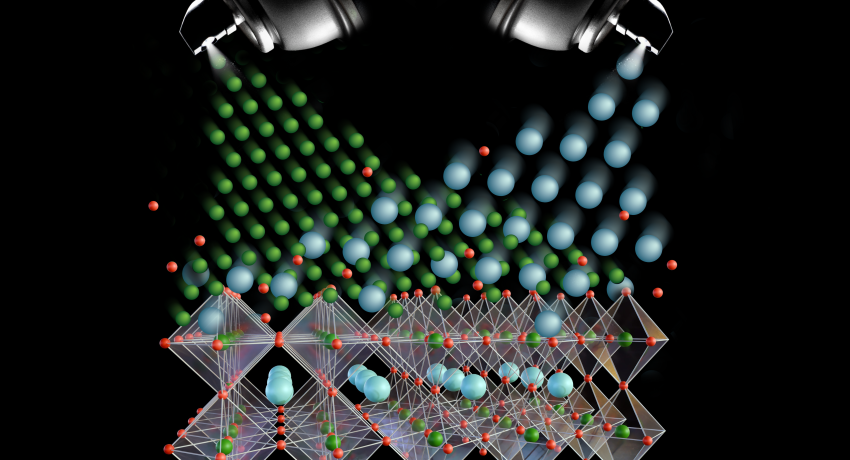Proximity effect: Method allows advanced materials to gain new property
By Matthew Carroll
UNIVERSITY PARK, Pa. — Ferroelectrics are special materials with polarized positive and negative charges — like a magnet has north and south poles — that can be reversed when external electricity is applied. The materials will remain in these reversed states until more power is applied, making them useful for data storage and wireless communication applications.










